Home>Technology>Home Entertainment Systems>What Is A 3D Projector


Home Entertainment Systems
What Is A 3D Projector
Modified: October 21, 2024
Discover the immersive experience of 3D projectors for your home entertainment system. Learn about their features, benefits, and how they enhance your viewing experience.
(Many of the links in this article redirect to a specific reviewed product. Your purchase of these products through affiliate links helps to generate commission for Storables.com, at no extra cost. Learn more)
Introduction
Welcome to the captivating world of 3D projectors! These innovative devices have revolutionized the way we experience visual entertainment, allowing us to immerse ourselves in stunning three-dimensional imagery right in the comfort of our homes. Whether you're a movie enthusiast, a gaming aficionado, or a professional seeking advanced visualization capabilities, understanding 3D projection technology is essential for unlocking the full potential of this cutting-edge innovation.
In this comprehensive guide, we'll delve into the intricacies of 3D projectors, exploring their types, functionalities, applications, and the myriad benefits they offer. By the end of this journey, you'll have a profound understanding of how 3D projectors work and how they can elevate your home entertainment experience to unprecedented heights.
So, fasten your seatbelts as we embark on an exhilarating exploration of 3D projection technology, unraveling the secrets behind these mesmerizing devices and uncovering the myriad possibilities they present. Whether you're a tech enthusiast, a cinema buff, or simply curious about the latest advancements in home entertainment, this guide is your gateway to the fascinating realm of 3D projectors.
Key Takeaways:
- 3D projectors use advanced technology to create lifelike 3D visuals by showing different images to each eye. They’re great for home entertainment, education, and professional presentations, but may have limitations like content availability and cost.
- There are different types of 3D projectors, each with unique features. DLP projectors offer vibrant colors, LCD projectors work well in bright environments, and LCoS projectors provide high image quality. Understanding these types helps in choosing the right one for specific needs.
Read more: How To Watch 3D Movies On Projector
Understanding 3D Projection Technology
Before delving into the intricacies of 3D projectors, it's crucial to grasp the underlying technology that powers these remarkable devices. 3D projection technology is founded on the principle of creating the illusion of depth perception by displaying two slightly different angles of an image to each eye, mimicking the way human vision perceives depth in the real world. This technique, known as stereoscopy, forms the backbone of 3D projection, enabling viewers to experience lifelike visual content that seemingly extends beyond the confines of the screen.
At the heart of 3D projection technology lies the seamless synchronization of visual elements, meticulously designed to produce a cohesive and immersive viewing experience. By leveraging advanced image processing algorithms and specialized projection techniques, 3D projectors have redefined the boundaries of visual storytelling, offering an unparalleled level of engagement and realism.
Moreover, understanding the nuances of 3D projection technology entails familiarity with concepts such as frame packing, side-by-side, and top-and-bottom formats, which govern the encoding and transmission of 3D content. These formats play a pivotal role in ensuring compatibility between 3D projectors and various content sources, ranging from Blu-ray discs and gaming consoles to streaming platforms, thereby facilitating seamless integration of 3D visuals into diverse entertainment ecosystems.
By comprehending the fundamental principles that underpin 3D projection technology, enthusiasts and consumers alike can harness the full potential of 3D projectors, unlocking a realm of visual splendor that transcends traditional two-dimensional viewing experiences. As we venture deeper into the realm of 3D projectors, this foundational knowledge will serve as a guiding light, illuminating the path to a richer, more immersive home entertainment landscape.
Types of 3D Projectors
3D projectors come in a diverse array of configurations, each tailored to meet specific usage scenarios and technological requirements. Understanding the various types of 3D projectors is essential for selecting the optimal device that aligns with your entertainment preferences and technical specifications.
1. DLP (Digital Light Processing) 3D Projectors:
DLP 3D projectors utilize an advanced optical semiconductor, known as a DLP chip, to generate stunning visual displays with remarkable color accuracy and image clarity. These projectors are renowned for their seamless 3D rendering capabilities, offering flicker-free performance and high contrast ratios that elevate the viewing experience to unprecedented levels of realism. DLP 3D projectors are favored for their ability to deliver vibrant and immersive visuals, making them ideal for home theaters, gaming setups, and professional applications that demand uncompromising image quality.
2. LCD (Liquid Crystal Display) 3D Projectors:
Equipped with sophisticated LCD panels, these projectors harness the power of liquid crystal technology to produce vivid and detailed 3D visuals. LCD 3D projectors excel in delivering bright and luminous images, making them well-suited for environments where ambient light may be a concern. With their ability to project expansive 3D imagery with exceptional color reproduction, LCD projectors cater to a wide spectrum of applications, ranging from educational presentations and business conferences to home entertainment environments where versatility and visual brilliance are paramount.
3. LCoS (Liquid Crystal on Silicon) 3D Projectors:
LCoS 3D projectors integrate cutting-edge liquid crystal technology with silicon backplanes to achieve unparalleled image fidelity and smooth 3D rendering. These projectors are revered for their ability to minimize the “screen door effect” often associated with other projection technologies, resulting in seamless and immersive 3D visuals that captivate audiences. LCoS projectors are particularly popular among discerning home theater enthusiasts and professionals seeking uncompromising image quality and fine detail reproduction, making them a preferred choice for high-end entertainment and visualization applications.
By familiarizing yourself with the distinct characteristics and capabilities of DLP, LCD, and LCoS 3D projectors, you can make informed decisions when selecting the ideal device to complement your specific entertainment needs and technical preferences. The diverse landscape of 3D projection technologies offers a wealth of options, ensuring that there’s a perfect match for every enthusiast, gamer, and multimedia aficionado seeking to elevate their visual experiences to extraordinary heights.
How 3D Projectors Work
At the core of their mesmerizing functionality, 3D projectors employ a sophisticated interplay of cutting-edge technologies to seamlessly translate two-dimensional imagery into captivating three-dimensional visual experiences. Understanding the inner workings of 3D projectors unveils the intricate processes that bring lifelike depth and dimension to on-screen content, captivating audiences with immersive visuals that transcend traditional viewing paradigms.
1. Stereoscopic Imaging:
3D projectors leverage the principles of stereoscopy to create the illusion of depth perception, a feat achieved by presenting distinct perspectives of the same scene to each eye. By synchronizing the projection of two slightly offset images, 3D projectors induce the brain to perceive depth and spatial relationships, resulting in a compelling sense of immersion and realism. This synchronized delivery of dual images is fundamental to the 3D projection process, enabling viewers to perceive visual content in a manner that emulates natural depth perception.
2. Active and Passive 3D Technologies:
3D projectors utilize either active or passive 3D technologies to facilitate the presentation of stereoscopic imagery. Active 3D systems rely on specialized glasses equipped with active shutter lenses, which alternately occlude the left and right lenses in synchronization with the projected images. This synchronized occlusion enables each eye to receive the corresponding image, culminating in a cohesive 3D viewing experience. On the other hand, passive 3D systems employ polarized or patterned filters in conjunction with lightweight polarized glasses, allowing viewers to perceive separate images intended for each eye, resulting in a unified 3D visual presentation.
3. Image Processing and Projection Techniques:
3D projectors integrate advanced image processing algorithms and projection techniques to ensure seamless synchronization and alignment of dual images, a critical aspect for preserving visual coherence and depth perception. By meticulously coordinating the projection of left-eye and right-eye images, 3D projectors maintain the integrity of 3D visuals, delivering a compelling and immersive viewing experience devoid of visual artifacts or discrepancies.
By unraveling the intricacies of stereoscopic imaging, active and passive 3D technologies, and image processing methodologies, enthusiasts gain a profound insight into the captivating mechanisms that drive 3D projectors. This understanding paves the way for harnessing the full potential of 3D projection technology, enabling audiences to embark on exhilarating visual journeys that transcend the confines of traditional two-dimensional viewing.
When looking for a 3D projector, make sure it has a high refresh rate (at least 120Hz) to reduce motion blur and provide a smooth 3D viewing experience.
Applications of 3D Projectors
3D projectors have permeated diverse domains, enriching a myriad of applications with their immersive and visually captivating capabilities. From entertainment and education to professional visualization and simulation, the versatility of 3D projectors has unlocked a realm of possibilities, redefining how we perceive and interact with visual content.
1. Home Entertainment:
At the forefront of 3D projector applications is the realm of home entertainment, where these devices transport viewers into mesmerizing worlds of cinematic splendor. Whether indulging in 3D movies, gaming in immersive environments, or hosting captivating visual experiences for friends and family, 3D projectors elevate home entertainment to unprecedented levels of engagement and excitement. With their ability to transform living spaces into captivating theaters of visual delight, 3D projectors have become indispensable assets for entertainment enthusiasts seeking larger-than-life experiences within the comforts of their homes.
2. Education and Training:
3D projectors have revolutionized the educational landscape, empowering educators to deliver dynamic and immersive learning experiences that captivate students and facilitate enhanced comprehension. From interactive anatomy lessons and geological explorations to immersive historical reenactments, 3D projectors enrich educational environments with visually engaging content, fostering a deeper understanding of complex subjects and concepts. Moreover, in professional training scenarios, 3D projectors enable realistic simulations and immersive visualizations, enhancing the efficacy of training programs across diverse industries, from healthcare and engineering to aviation and military training.
3. Business Presentations and Visualization:
Professionals across various industries leverage 3D projectors to deliver impactful presentations and visualize complex data with unparalleled clarity and depth. Whether showcasing architectural designs, product prototypes, or intricate data visualizations, 3D projectors empower professionals to communicate ideas and concepts with immersive visualizations that resonate with audiences. Additionally, in collaborative work environments, 3D projectors facilitate interactive brainstorming sessions and dynamic visual collaborations, fostering creativity and innovation.
4. Simulation and Visualization:
In fields such as simulation and visualization, 3D projectors play a pivotal role in creating realistic and immersive environments for training, research, and entertainment. From flight simulators and virtual reality experiences to immersive museum exhibits and themed attractions, 3D projectors transport participants into meticulously crafted worlds of simulation and visualization, blurring the boundaries between reality and virtuality.
By embracing the diverse applications of 3D projectors, enthusiasts, educators, professionals, and simulation enthusiasts alike can harness the transformative potential of these remarkable devices, unlocking a realm of immersive and visually captivating experiences that transcend traditional viewing paradigms.
Read more: What Is The Best 3D Home Theater Projector
Advantages and Limitations of 3D Projectors
3D projectors offer a myriad of compelling advantages that enrich visual experiences and empower users with immersive and captivating content. However, alongside their remarkable capabilities, these devices also present certain limitations that warrant consideration when evaluating their suitability for specific applications.
Advantages:
- Immersive Visual Experiences: 3D projectors transport viewers into captivating realms of visual splendor, offering immersive and lifelike experiences that transcend traditional two-dimensional viewing.
- Enhanced Engagement: By imbuing content with depth and dimension, 3D projectors captivate audiences and elevate engagement levels, making them ideal for entertainment, education, and training scenarios.
- Dynamic Learning Environments: In educational settings, 3D projectors foster dynamic and interactive learning experiences, enabling educators to deliver complex concepts with enhanced clarity and comprehension.
- Versatile Applications: From home theaters and gaming setups to business presentations and simulation environments, 3D projectors cater to a diverse array of applications, enriching each with visually captivating content.
- Innovative Visualization: Professionals leverage 3D projectors to visualize complex data, designs, and simulations with unparalleled depth and clarity, fostering creativity and innovation in various industries.
Limitations:
- Content Availability: The availability of native 3D content may be limited, potentially impacting the breadth of viewing options for users seeking a wide range of 3D experiences.
- Dependency on 3D Glasses: Active 3D projectors necessitate the use of specialized active shutter glasses, which may pose a logistical consideration for larger audiences or prolonged viewing sessions.
- Environmental Considerations: Ambient light and viewing angles can influence the perceived quality of 3D visuals, requiring careful environmental management for optimal viewing experiences.
- Technological Compatibility: Ensuring seamless compatibility with 3D content sources, playback devices, and projection systems is essential for maximizing the potential of 3D projectors, necessitating attention to technical integration.
- Cost Considerations: Acquiring high-quality 3D projectors and compatible accessories may entail a substantial investment, necessitating careful budgetary considerations for enthusiasts and professionals.
By weighing the advantages and limitations of 3D projectors, users can make informed decisions when integrating these devices into their entertainment, educational, or professional environments, ensuring that the transformative potential of 3D projection technology is harnessed to its fullest extent while navigating potential considerations and constraints.
Conclusion
As we conclude our immersive journey into the realm of 3D projectors, it’s evident that these remarkable devices have redefined the boundaries of visual entertainment, education, and professional visualization. From their ability to transport audiences into mesmerizing realms of depth and dimension to their transformative impact on learning environments and business presentations, 3D projectors stand as beacons of innovation, captivating audiences with immersive and visually captivating experiences.
By unraveling the intricacies of 3D projection technology, exploring the diverse types of 3D projectors, and delving into the captivating mechanisms that drive their functionality, we’ve gained a profound understanding of the transformative potential that these devices hold. Whether fostering dynamic learning environments, enriching home entertainment experiences, or empowering professionals to visualize complex data with unparalleled depth, 3D projectors have emerged as indispensable assets in our quest for immersive and engaging visual experiences.
As we navigate the advantages and limitations of 3D projectors, we gain valuable insights into the considerations and opportunities that accompany the integration of these devices into our entertainment, educational, and professional landscapes. By leveraging their immersive capabilities while navigating potential constraints, we can harness the transformative potential of 3D projection technology, ensuring that every visual experience is enriched with depth, realism, and captivating engagement.
In closing, the journey into the world of 3D projectors is a testament to the ceaseless innovation and boundless creativity that continue to shape our visual landscape. As we embrace the immersive allure of 3D projectors, we embark on a dynamic and captivating visual odyssey, where every frame is imbued with depth, every scene comes to life, and every experience transcends the confines of traditional viewing paradigms. With 3D projectors as our guiding light, we immerse ourselves in a realm of visual splendor, where the ordinary becomes extraordinary, and the extraordinary becomes an unforgettable journey into the captivating realms of depth and dimension.
Frequently Asked Questions about What Is A 3D Projector
Was this page helpful?
At Storables.com, we guarantee accurate and reliable information. Our content, validated by Expert Board Contributors, is crafted following stringent Editorial Policies. We're committed to providing you with well-researched, expert-backed insights for all your informational needs.


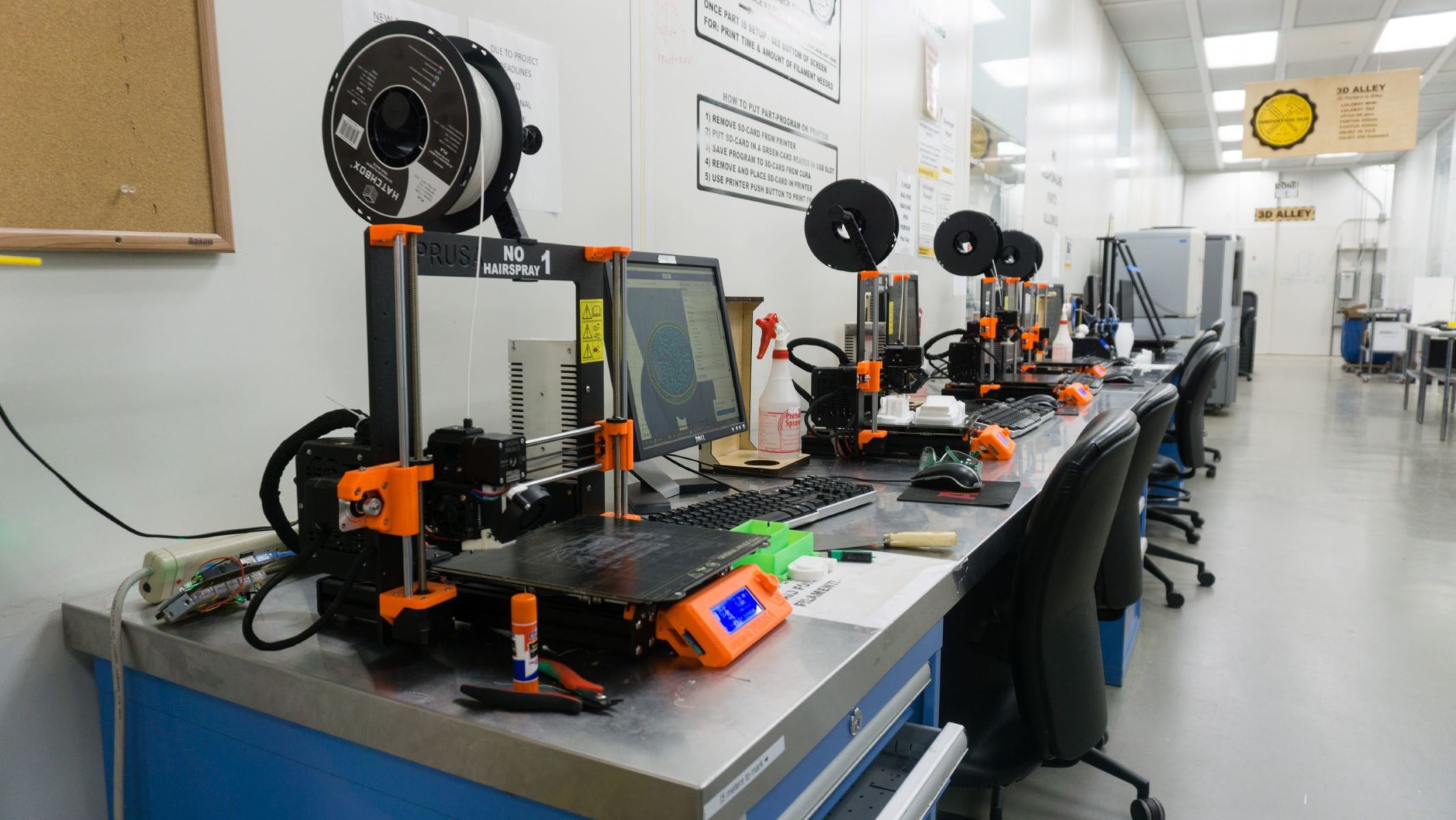
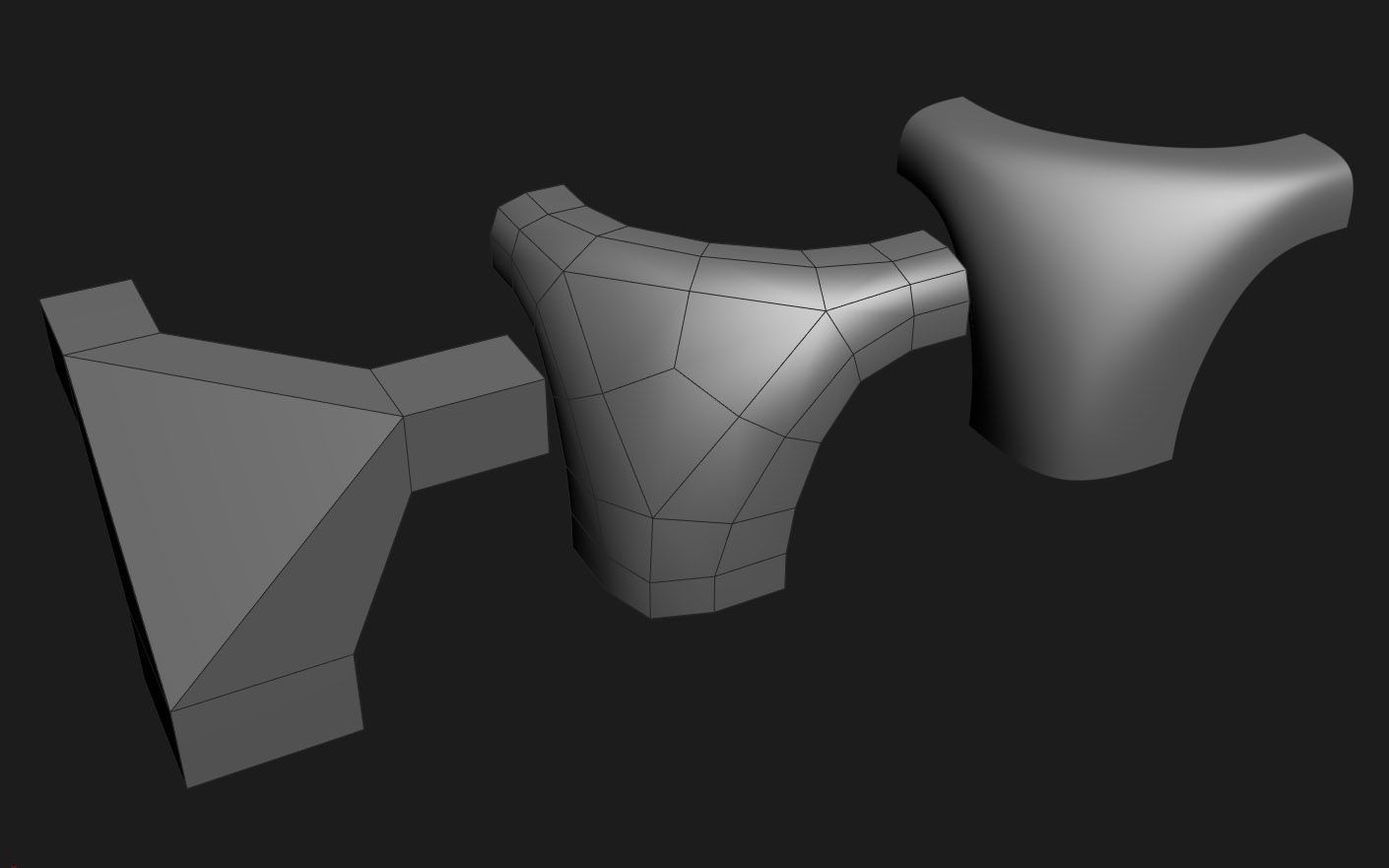
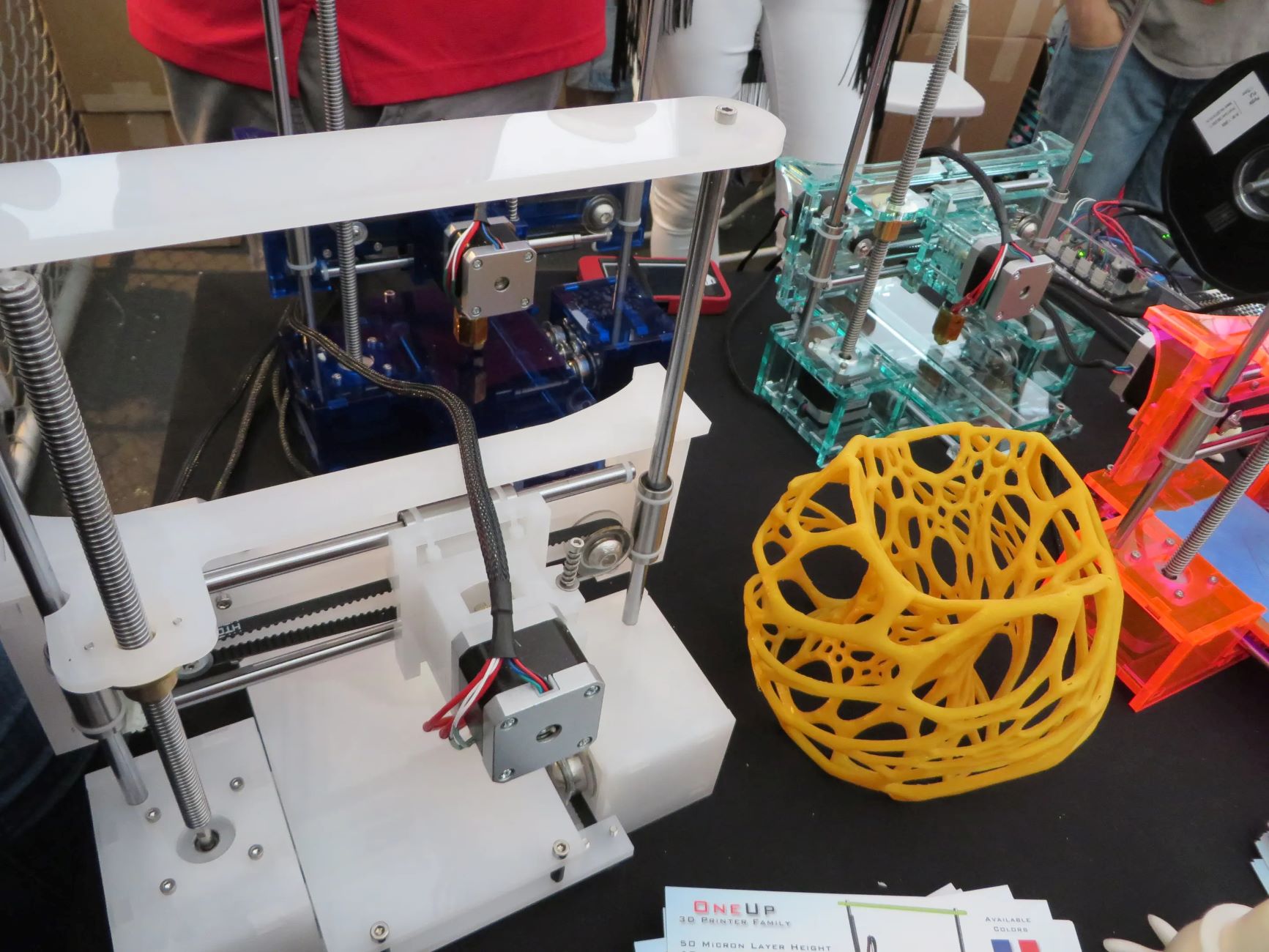

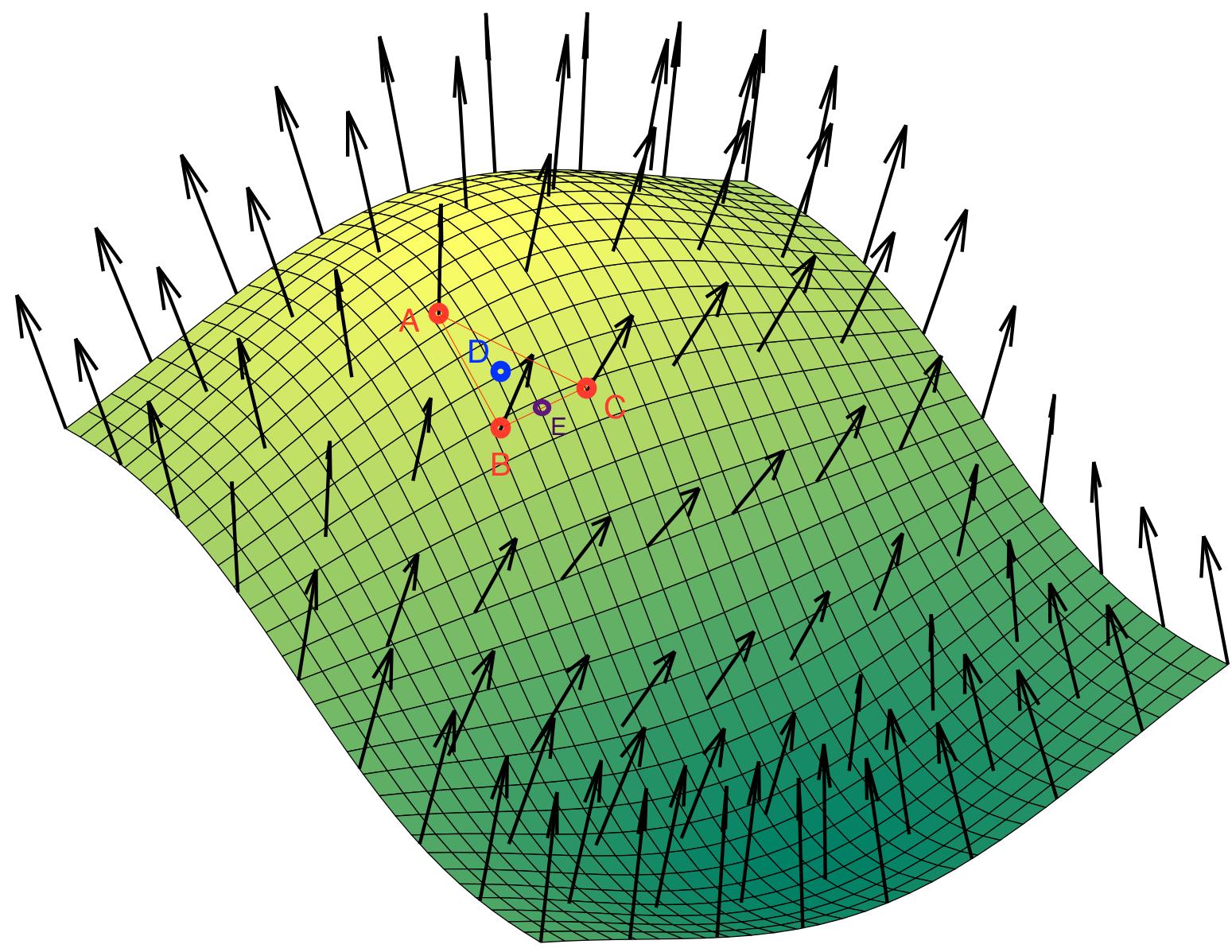




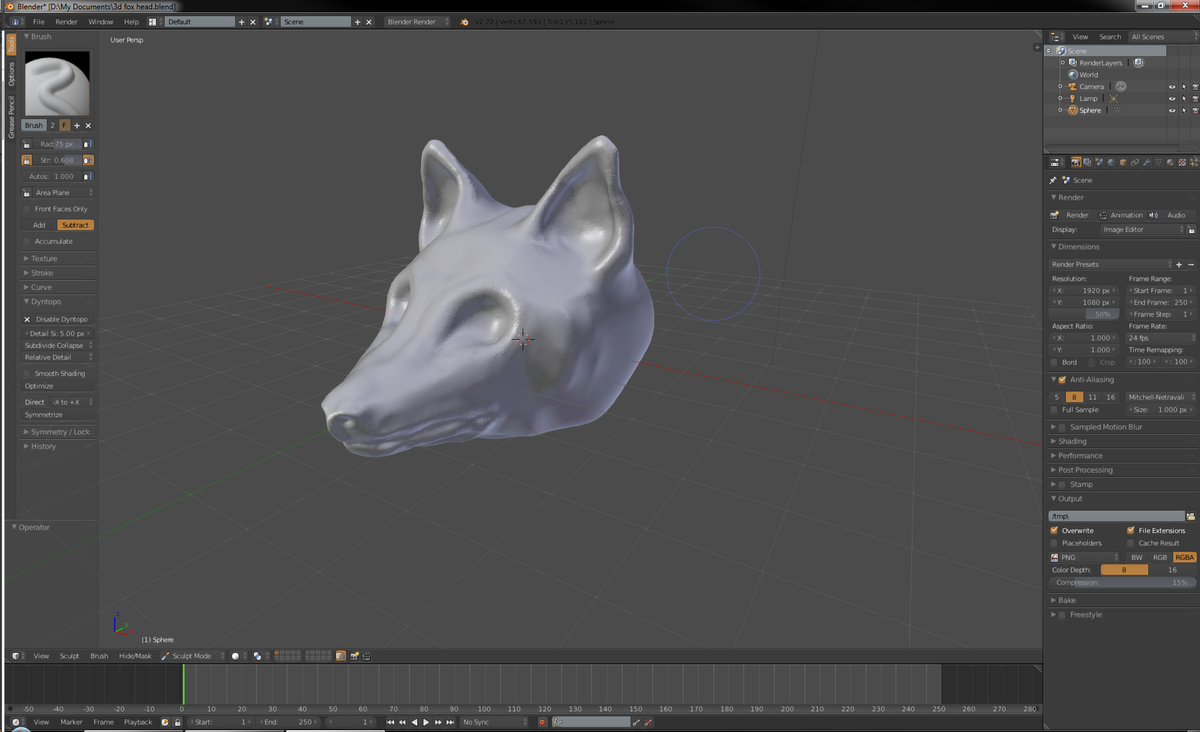
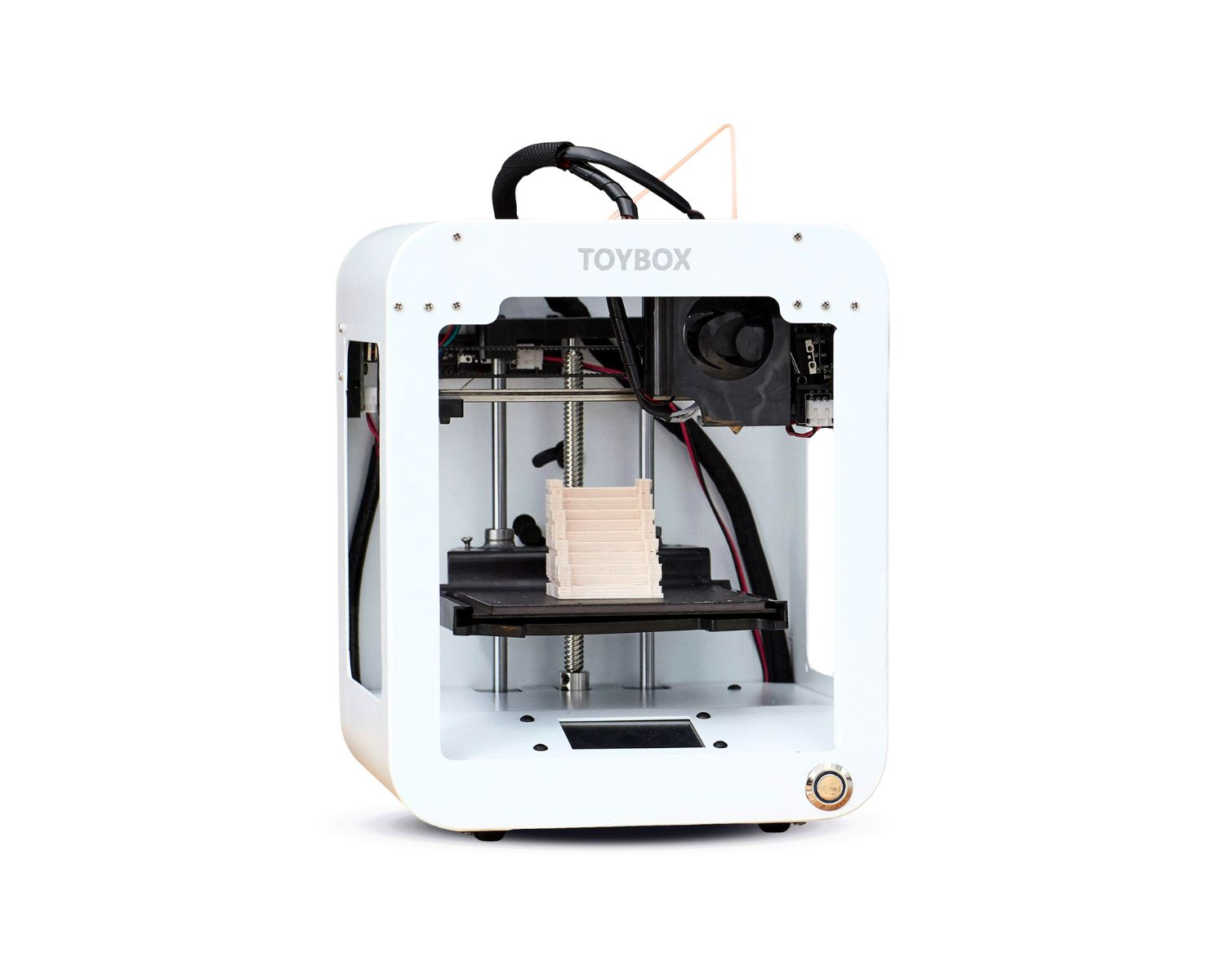


0 thoughts on “What Is A 3D Projector”